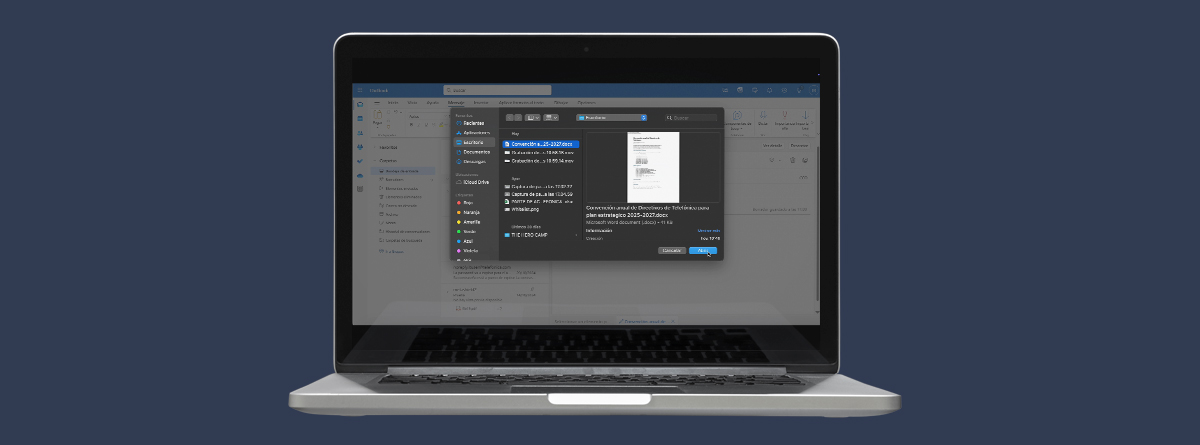Smart Stations: London Underground incorporates artificial intelligence in its surveillance system
Share

Since its advent, artificial intelligence artificial intelligence (AI) has become one of the best allies of human beings. One of its most common applications is the automation of processes through learning and the performance of repetitive jobs.
Thus, some recurring tasks can be made more efficient with the application of artificial intelligence. A clear example is the Smart Stations project of the London Underground, one of the most famous subway networks in Europe, which has tested artificial intelligence to manage and monitor incidents in its stations more efficiently.
Artificial intelligence is able to detect inappropriate behavior of users of the metro network and send personnel to resolve mishaps. The test was carried out at Willesden Green station in northwest London and was incredibly well received. We tell you all about it!

Why has artificial intelligence (AI) been implemented on the London Underground?
In the test, which lasted a year, up to 11 different algorithms were used to analyze the behavior of users of the London Underground network, combining images and live video.
Through the use of this technology, the aim is to detect possible risk situations or conflicts, such as fights, people jumping the turnstile at the entrance or theft, so that personnel can be dispatched immediately. In the year that the test has lasted, the system has detected about 44,000 incidents, of which 19,000 were reported to the station staff for management.
Thanks to the AI models used, in addition to detecting inappropriate behavior, it is also possible to identify a wide variety of objects, such as wheelchairs, scooters or baby strollers to facilitate access. In fact, artificial intelligence is also capable of detecting smaller objects such as firearms, bladed weapons or electronic cigarettes to ensure the safety and well-being of users.
The London police authorities have participated in the study by helping to train the system to detect possible weapons. During a nighttime operation at a tube station closed to the public, officers simulated carrying knives and other suspicious items while being monitored by security cameras.
One of the most common incidents during the experiment occurred when users accessed prohibited areas of the station or got too close to the edge of the platform. The system was also able to detect vulnerable people sleeping at the station entrance and monitor their situation to send them assistance if needed.
Main conclusions of the Smart Stations project
In terms of reliability, the results have been quite good, but on several occasions some objects or situations taking place in the station have been confused.

This innovation has raised concerns among London Underground users related to privacy and the possible misuse of this technology.
To avoid potential legal problems, the faces of the people appearing in the recordings have been blurred. In addition, the recordings are kept for only 14 days, with the exception of recorded incidents that have been stored for a longer period without blurring the faces of potential offenders.
Another measure taken to avoid legal problems is human supervision, so that images of incidents are reviewed by a human before a decision is made.
According to TFL (Transport For London), the body responsible for London’s bus and subway services, the one-year trial has been a success and there are plans to extend the use of this technology to more stations in the near future.
In conclusion, artificial intelligence, aided by the human factor, is of great help in drawing conclusions and making relevant decisions. In the research of Telefónica’s Innovation and Talent Hub website, in collaboration with the Catholic University of Leuven and AEGIS IT Research GmbH, we have developed the SYMBIOTIK project, which enables greater interaction between the human operator, such as the person monitoring the subway security cameras, and the information visualization systems, to support the decision-making processes.
Estudiante de ingeniería industrial eléctrica y administración de sistemas informáticos de red. Experto en diseño e impresión 3D e investigador de seguridad en el equipo de Ideas Locas CDO de Telefónica.





